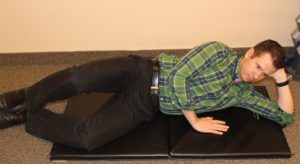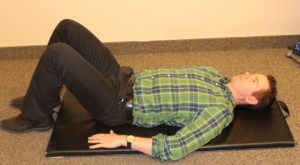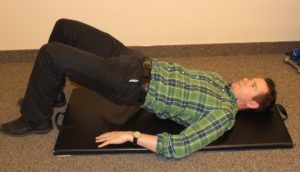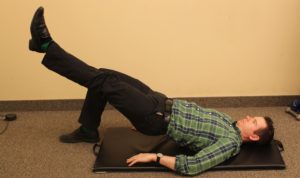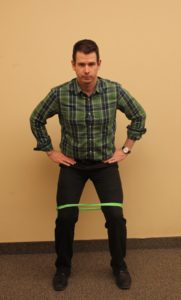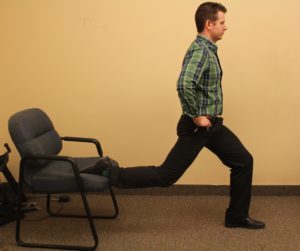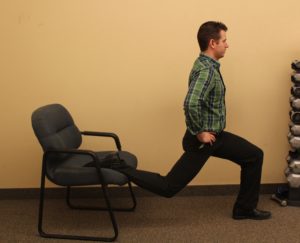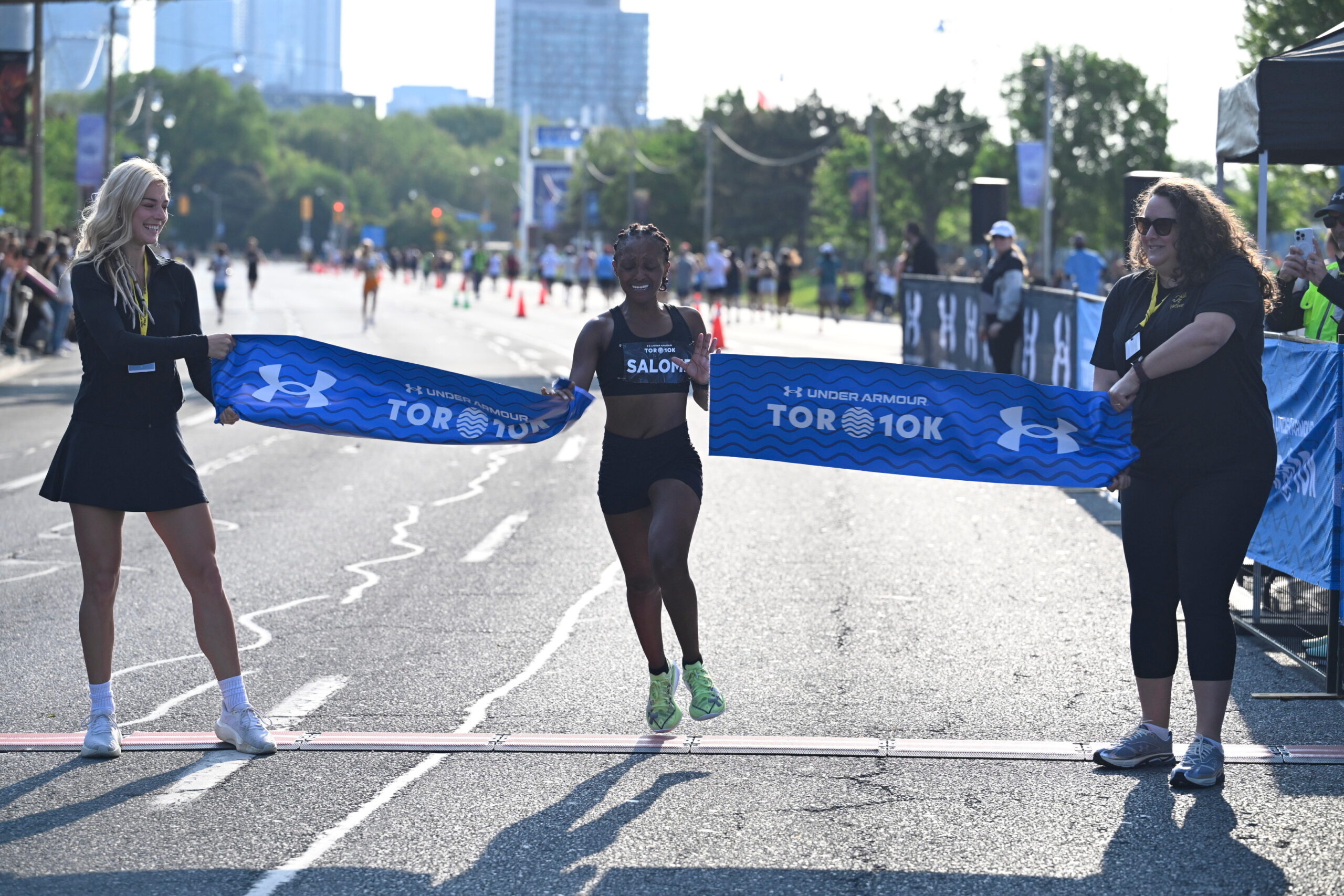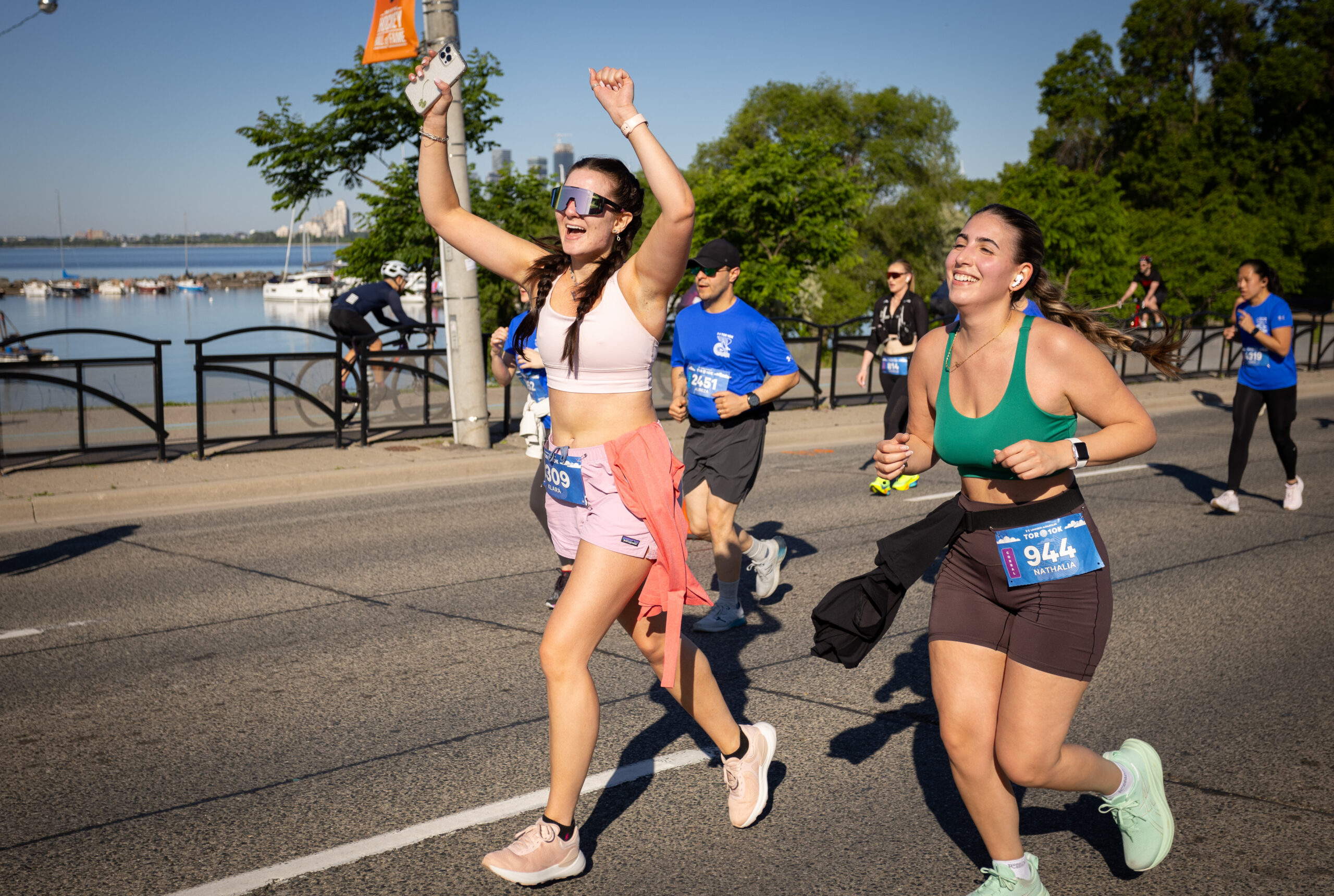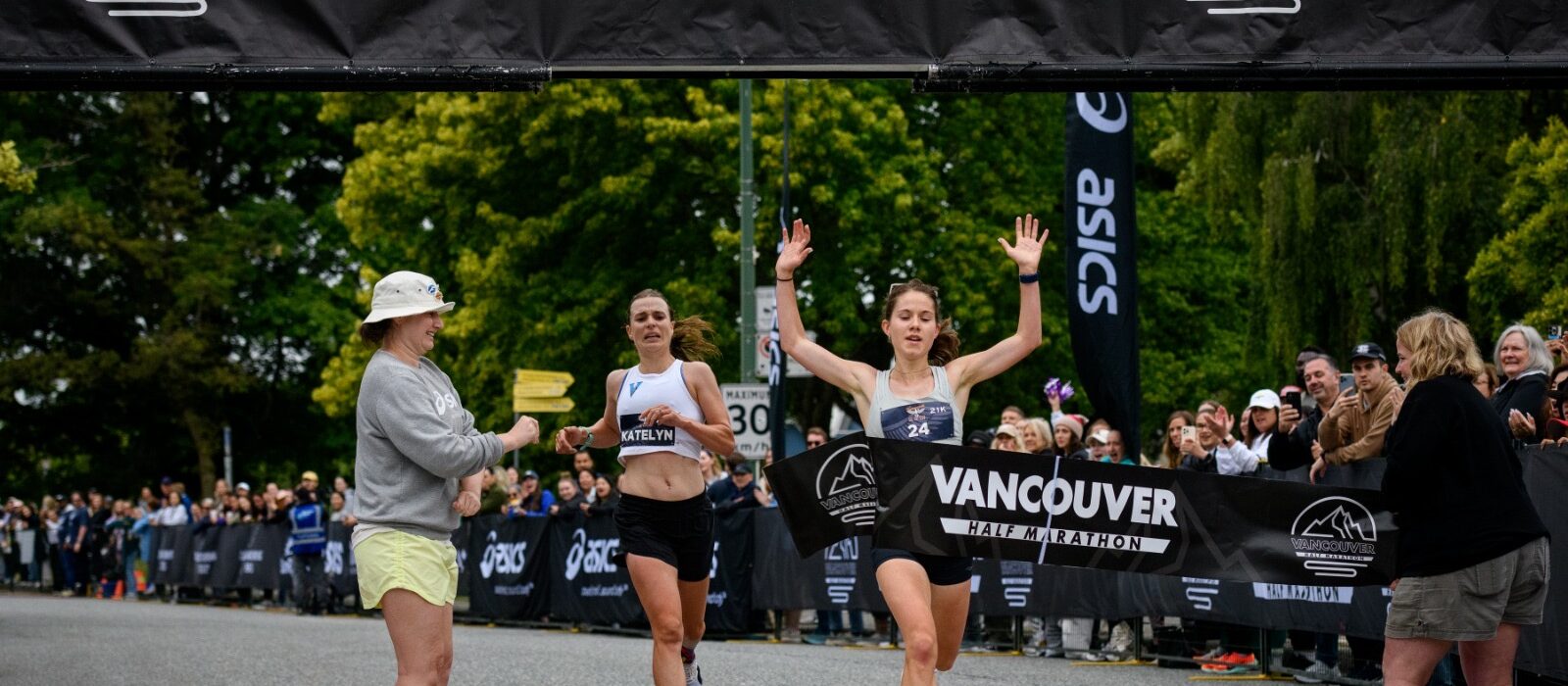
 The Centre for Sport and Recreation Medicine has been a proud medical sponsor of the Scotiabank Toronto Waterfront Marathon for 15 years. We’ve had the privilege of helping many runners make it to the start line and watch thousands of runners cross the finish line every year. New this year, we’re partnering with Canada Running Series to provide a monthly blog to support runners preparing for the race. Whether this is your first 5K or your 50th marathon, we wish you well in reaching your goal!
The Centre for Sport and Recreation Medicine has been a proud medical sponsor of the Scotiabank Toronto Waterfront Marathon for 15 years. We’ve had the privilege of helping many runners make it to the start line and watch thousands of runners cross the finish line every year. New this year, we’re partnering with Canada Running Series to provide a monthly blog to support runners preparing for the race. Whether this is your first 5K or your 50th marathon, we wish you well in reaching your goal!
By: Darryl Reid, MScPT
What this Physiotherapist learned about hip strength from looking at his own race photos.
After finishing a sprint triathlon 5 years ago, I was surprised by what I saw in a race photo taken of me during the final kilometre of the run. In the photo, you could see I was weight bearing on my right leg during the mid-stance of my stride. My left hip was dropped compared to my right, and my knee looked like it was caving in towards the mid-line of my body.
Not only did this explain why I was having some hip pain after the event, it also demonstrated to me that the endurance of my lateral hip stabilizers was not up to par.
As running is really just alternate single leg stance, it is very important for runners to have good strength and great endurance of the lateral muscles that stabilize the hip.
A lot of runners that I see feel that they don’t need to perform any lower body strengthening exercises because “I run, my legs are strong.” This is typically true; runners usually have excellent strength in the muscles groups that help propel them in a forward direction while running. But what we as Physiotherapists commonly see is a relative weakness in the lateral stabilizers of the hip musculature of runners, especially those rehabbing from an injury.
When I speak about the lateral or outside muscles of the hip, what I’m referring to is the hip abductors, more specifically the gluteus medius and gluteus minimus. These muscles help to stabilize the lower limb while standing on one leg and prevent the large bone of your leg, the femur, from rotating inwards which can cause a poor force on the knee.
The following is a progression of exercises to target the hip abductors. The first exercise in this serious was presented in our last blog by my colleague Alison Pinto.
As always, the following exercises are not for everyone, if you experience pain with any of these do not perform them. If new to exercise please consult a healthcare provider for proper guidance.
Clamshell: Keep your back still, you should feel the muscles in the back of the hip working as bring the top knee away from the bottom 3 sets of 10 reps on left and right 3 times a week.
Bridge with alternate leg extension: Lift your tailbone off the ground to the bridge position. Do not extend through the lower back as you bridge. Once in the bridge position, extend the right leg, make sure to keep your pelvis level (as if you are balancing a tray on your belt line) as the leg is extended. Bring the right leg down and perform the same extension with the left side. That is one rep. Lower back down to the start position with the back flat on the ground 3 sets of 8 reps 3 times a week.
Side stepping with resistance band: Place a resistance band around your legs just above your knees. Slightly bend your hips and knees into an athletic ready posture. Slowly and with control step out with one leg to the side. Bring the opposite leg in the same direction to get back into the athletic posture. You should feel the muscles working in the outside of your hip. Take 5 steps to the left and 5 to the right, that is one set. Perform 4 sets.
Single leg ¼ squat on chair: Start with one leg forward in a lunge position and the opposite rested on a chair. The front knee should be in line with the mid aspect of the same foot. Keep tall through you spine and try to keep your pelvis level. Perform a ¼ squat on the leg that is forward. Try to keep you knee in line with your hip as well. The knee should not travel over the toes. You should feel the muscles in the outside part of the hip on the leg that is forward. Perform 3 sets of 6 reps on each leg.



